MinebeaMitsumi, Moving into Outer space!
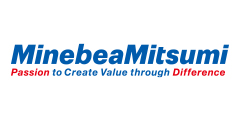
MinebeaMITSUMI, moving into outer space!
Ultra-precision technology that works well in space
Space rockets are produced by combining high-precision parts. This time, MinebeaMitsumi has developed a high-precision sensor to measure a wide variety of pressures that are vital in controlling rockets. Ultra-precision was a matter of course in order to achieve the strength and robustness to withstand the particular environment in space, and highly advanced technologies were called for as well so as to compete effectively with the globally accelerated space industry. MinebeaMitsumi has produced parts for the aviation industry since its inception, but the manufacture of products used in outer space is another story. Taking full advantage of its expertise acquired to date, MinebeaMitsumi was able to successfully produce pressure sensors for space rockets on mass production lines.
The strain gauge capable of measuring a variety of "forces"
The strain gauge is a sensor that can detect changes in electrical resistance and measure the load (force) that is applied to it. The strain gauge is a mechanism that measures the amount of change in the load (force) when the load (force) is applied to the subject that the strain gauge is measuring. As the strain gauge expands and contracts along with the strain of the subject, the electrical resistance values change accordingly wherein the strain gauge measures such change in electrical resistance.

General strain gauge mechanism
Since the specifications required for different products vary depending on the application and operating environment, the materials and shapes need to be adjusted accordingly. They are broadly divided into metal foil strain gauges and semiconductor strain gauges, and MinebeaMitsumi customizes an appropriate substance for optimal application among numerous materials. Development originally began for use in detecting stress applied to aircraft, and the technology has been adopted in the automobile strength analysis and the like as well. The technology is currently applied to large-scale measurements from the load capacity of heavy-duty trucks and the weight of wine casks to the load cell for precision scales used in shops and beverage bottling. Applications also include weight scales for microwaves, pointing devices for PC keyboards, force sensors for medical equipment measuring intravenous tube pressure infusion, and the soil pressure system for tunnel shield excavation. MinebeaMitsumi is active in a wide variety of applications, from torque sensors for detecting the torque of a motor vehicle engine to a pressure sensor to measure pneumatic and hydraulic pressure. In recent years in the North American market, a sensor for measuring the weight of the occupant has been mounted in the passenger seats of automobiles in order to control the deployment of airbags during a collision.

The Road to the development of pressure sensors for space rockets
MinebeaMitsumi has transferred Shinko's technologies to its sensing device business unit, and since 1974 produced strain gauges and a variety of sensors applying that technology. After twenty years, in 1996, MinebeaMitsumi started developing the first product for use in space upon the request from Mitsubishi Heavy Industries to develop pressure sensors for the H-II A rocket, which used a MinebeaMitsumi pressure gauge in engine test equipment for the previous space rocket. The development of parts used in space, which can withstand the harsh environment, stands in some sense the pinnacle of manufacturing. This called for a production system satisfying the need to develop products that are highly waterproof, anticorrosive, and further, capable of achieving a stable supply of parts. MinebeaMitsumi's challenge toward both high reliability and stable supply has begun.
The ultra-high quality required at the pinnacle of manufacturing
High durability and reliability are required to withstand the harsh environment in space, as the slightest error can lead to serious accidents in parts mounted on a space rocket, which is completely different from the environment on earth. The metal foil strain gauge for mass production allows up to 0.5% total error in general measurement, but in products for use in space, only up to 0.2% error is allowed. Therefore, in order to achieve high precision, silicon on sapphire (SOS) is used as the base material, which is made by growing sapphire crystals with a layer of silicon on a sapphire substrate. Sapphire has excellent mechanical properties, allowing for higher accuracy in detecting pressure. In addition, sapphire is the most optimal as a material for use in space because it can withstand the high temperature of 380 degrees Celsius, and it is resistant to cosmic rays such as gamma rays.
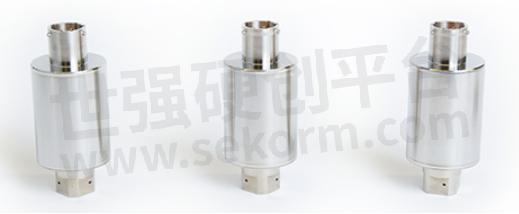
About 60 MinebeaMitsumi pressure sensors are mounted in the H-II A rocket
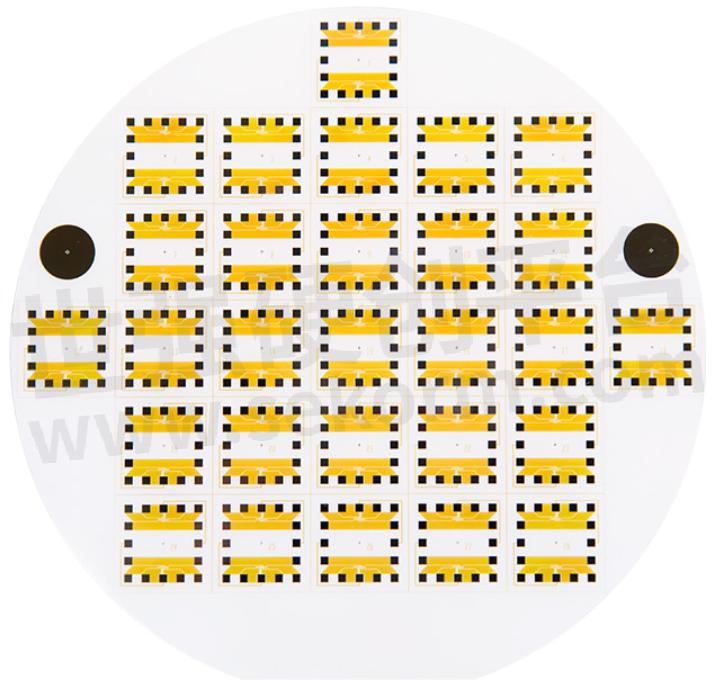
Ultra-high precision achieved through silicon on sapphire (SOS)
Thorough quality inspection and production control
Since sensors mounted on space rockets are placed under harsh environments, they are subject to rigorous environmental testing through vibration tests. Since even slight impurities in the liquid oxygen and liquid hydrogen that make up rocket engine fuels could result in a fatal chemical reaction, thorough cleaning is performed. While specialized inspection equipment for use in space is prepared, a final in-house quality control is implemented. In order to maintain a cost benefit in the process of production, we do not prepare the production line for use in space separately, and use the same mass production line as the one for consumer products. Firm management of the people, facility, and production in manufacturing enables production of value-added expensive products on a production line for consumer products, and the expertise and production members' skills cultivated in this experience are applied to produce other measurement sensors.
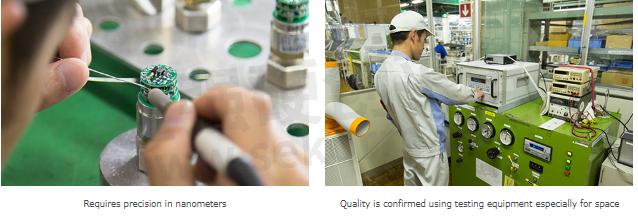
![]()
![]()
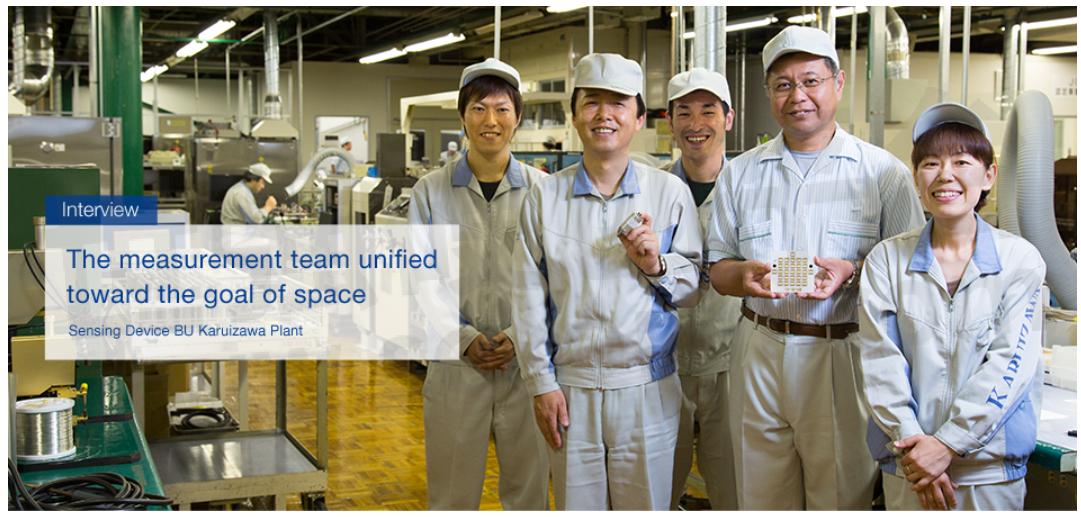
The crucial difference between mass-producing products and products for use in space is the method of maintaining the production process, in addition to the characteristic difference in the products themselves. It is common to implement PDCA cycle in the process of mass production, with a view to gradually increasing product performance and productivity, but for the products used in space, once the application to solidify the design is passed, the subsequent production process must be maintained without any changes. It is extremely difficult but essential to have this brand-new concept taken root in employees involved in production, and the way to pursue efficiency in the process presented a significant challenge. Interaction among employees increased as the development advanced, and they came together and worked diligently toward the goal with a sense of strong solidarity, as they enjoyed watching the live relay together at the time of the rocket launch, for example. MinebeaMitsumi will always take up the challenge of manufacturing with the common goal of continuing to pursue ultra-precision.
- +1 Like
- Add to Favorites
Recommend
- SEMITEC‘s Ultra-compact, High-precision Sensors for Advanced Medical Applications
- Epson to Launch Mass Production of the M-G570PR, a High-precision, Low-noise IMU Enabled by Multi-sensor Technology
- Renesas Introduces 32-bit MCU RX23E-B with High-Speed, High-Precision Analog Front End for High-End Industrial Sensor Systems
- Sunlord Mini Size SDNT Multilayer NTC Thermistor—SDNT0402 Series with High-precision Resistance, High-precision B-value
- High-precision Hall sensors SLKOR SL1629SH Specifically Designed for Compact Systems and Battery-sensitive Applications
- GNSS High-precision Antenna: An Excellent Choice for Precise Positioning
- Nisshinbo produces NJG1186 , a front-end module (FEM) for high-precision GNSS
- 3PEAK Launches TPAFE51760, a 16-Channel High-Precision ADC Widely Used in Power Automation Devices
This document is provided by Sekorm Platform for VIP exclusive service. The copyright is owned by Sekorm. Without authorization, any medias, websites or individual are not allowed to reprint. When authorizing the reprint, the link of www.sekorm.com must be indicated.
























































































































































































































































































































































































































































































































































































































































































































































































































































































